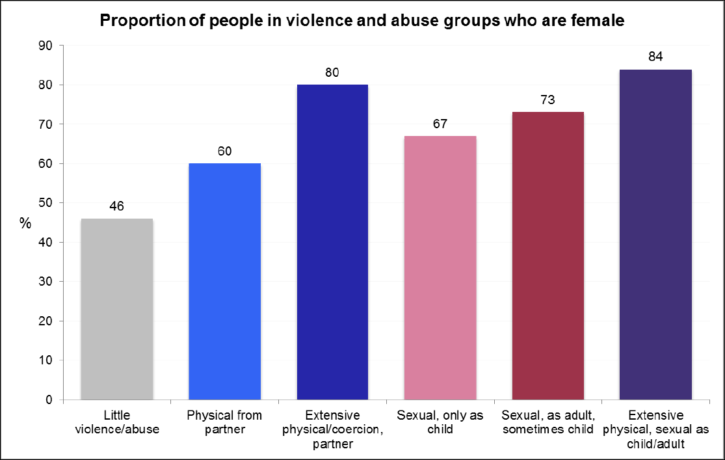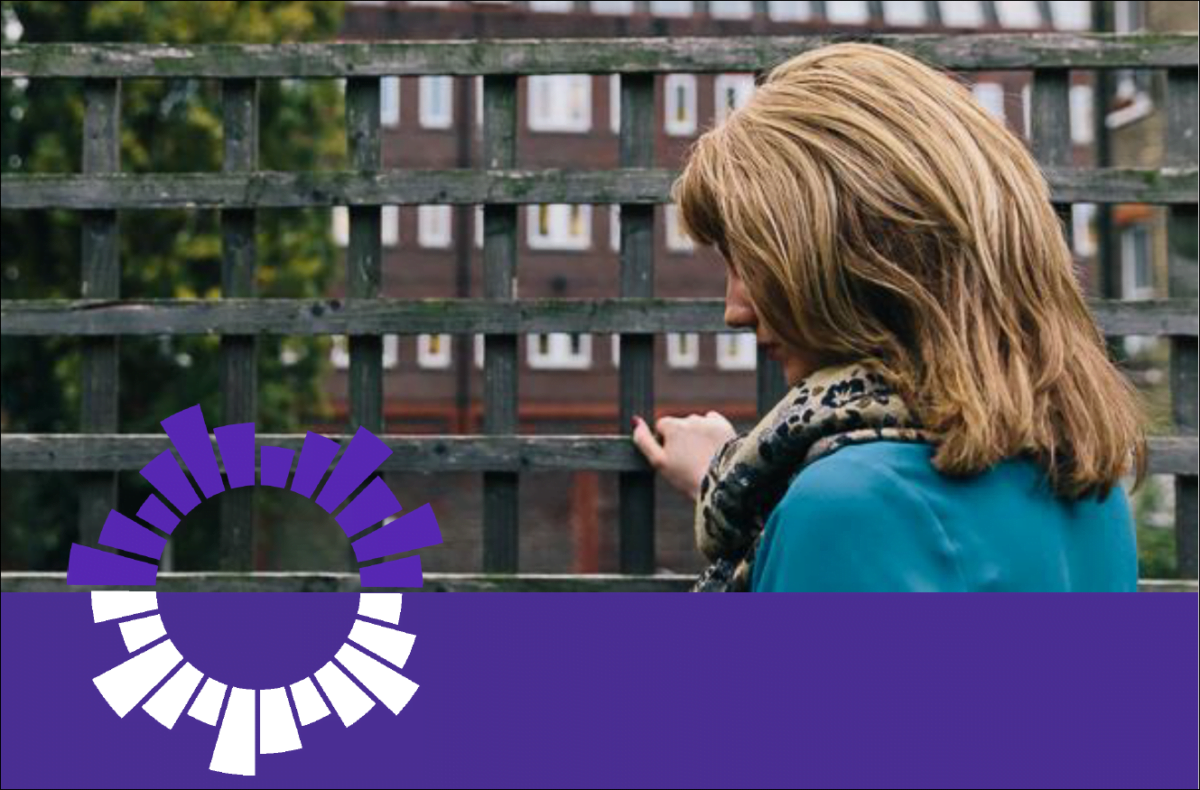Hidden hurt
A new (20 January 2016) report by DMSS Research has found that women are twice as likely as men to experience interpersonal violence and abuse, particularly extensive violence. About one in every 20 women in England has experienced extensive physical and sexual violence and abuse across their life course – compared to one in every 100 men.
Hidden Hurt: Violence, abuse and disadvantage in the lives of women is based on analysis of the Adult Psychiatric Morbidity Survey, the report provides evidence that women who experience the most extensive abuse and violence as both adults and children, are more likely to experience other adverse circumstances in their lives including poor physical and mental health, disability, poverty, and homelessness.
[divider]
Violence and abuse
The report, which was produced for Agenda (Alliance for women and girls at risk) provides disturbing evidence of the experience of violence and abuse of these 1.2 million English women.
These million women have been sexually abused in childhood or severely beaten by a parent or carer, many have been raped as adults and suffered severe abuse from a partner including being choked, strangled or threatened with a weapon.
There are two groups of people who have experienced the most extensive violence and abuse. One group is made up of those who have been sexually and physically abused both as children and as adults, the other is those who have suffered extensive physical violence and coercive control by a partner. At least 80% of both of these groups are women.
The graphic below presents details:

Mental health and experience of violence and abuse
Women in the overall population have higher rates of depression and anxiety disorders than men. The report suggests that women’s greater exposure to violence and abuse may go some way to explaining their higher rate of mental illness.
About three quarters of the population have little experience of violence and abuse. Among this group, levels of common mental disorder (CMD) are quite similar for women (13%) and men (10%).
However, when those with experience of violence and abuse are included, this picture changes with CMD being much more common among women (20%) than men (12%) across the population. Over half (54%) of women in the extensive physical and sexual violence group – and a third (36%) of women in the extensive physical violence group – meet the diagnostic criteria for at least one CMD.
Symptoms of post-traumatic stress disorder (PTSD) are strongly linked with experience of violence and abuse, with 78% of women in the extensive physical and sexual violence group having experienced life threatening trauma, and 16% screening positive for PTSD. Nor are experiences of violence and abuse just linked with certain types of mental disorder. The association pervades across all the types of mental disorder covered in the survey. Women in the extensive physical and sexual violence group are also more likely to have multiple conditions with about one in seven (15%) having three or more mental disorders.
Over a third (36%) of women in the extensive physical and sexual violence group have made a suicide attempt, and a fifth (22%) have self-harmed. One in ten (9%) have spent time on a mental health ward.
Despite all these indications of very high levels of mental ill health, three-quarters (75%) of women in the extensive physical and sexual violence were not receiving either medication or counselling for a mental health problem at the time of the survey.
Multiple disadvantage
The report goes on to discuss how women with extensive experience of physical and sexual violence are far more likely to experience disadvantage in many other areas of their lives, including disability and ill health, substance dependence, poverty and debt, poor living conditions, homelessness and discrimination.
Some key findings include:
- Just 6% of women with experience of extensive physical and sexual violence described their general health as excellent.
- Women in this group are also more likely to have a range of different physical health conditions, including stomach, bowel and bladder problems; asthma, allergies, migraine and skin problems; and back, joint and muscle problems.
- Half (52%) of these women have a disability that means they need help with everyday activities. Yet 40% of women in this group are also care providers for people who are sick or disabled and three-quarters (74%) are mothers.
- They are more than twice as likely to have an alcohol problem (31% do so) and are eight times more likely to be drug dependent than women with little experience of violence and abuse.
- One in five (21%) reported having been homeless at some point in their lives.
- They also reported problems finding and keeping work.
Conclusions and recommendations
It is well established that all sexual and physical abuse takes a significant toll on victim’s lives. What this report makes clear is that the greatest disadvantage is experienced by those who endure a range of types of extensive abuse across their life-course.
Many of the most negative outcomes that can result from abuse – and from attempts to escape it – increase the risk of further victimisation. For example, girls who run away from home and women who become homeless, misuse drugs or are exposed to criminality are highly likely to experience further violence in their lives.
In response to the findings in its report, Agenda recommends:
- Central and local government must make sure specialist services for women and girls at risk are properly resourced and commissioned — this should include a central funding pot drawn from different budgets.
- Mainstream services should routinely enquire about and respond to women and girls’ experience of violence and abuse,
- There must be better collaborative working between different professions and services, so women and girls at risk can’t fall through ‘gaps’ in provision.








